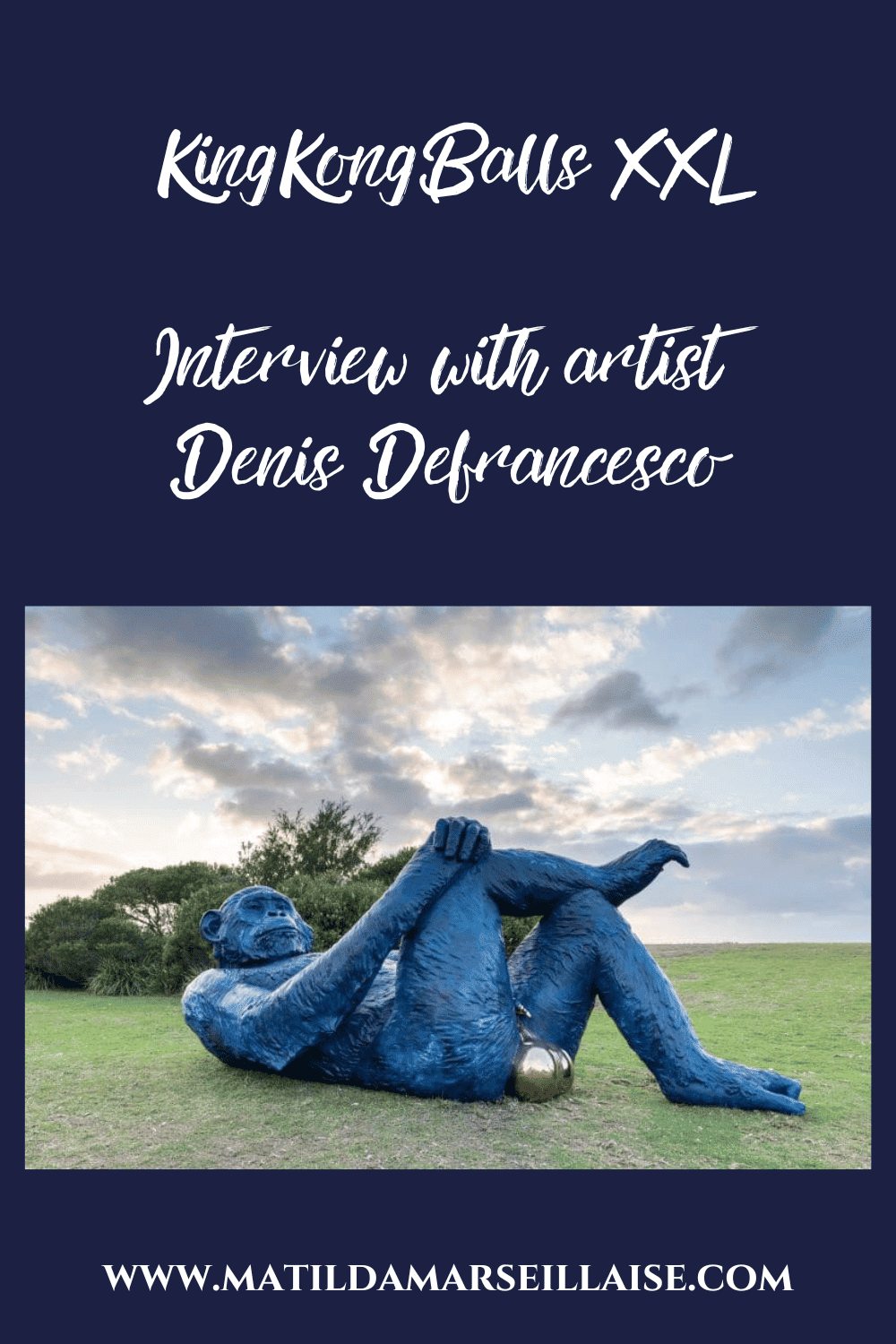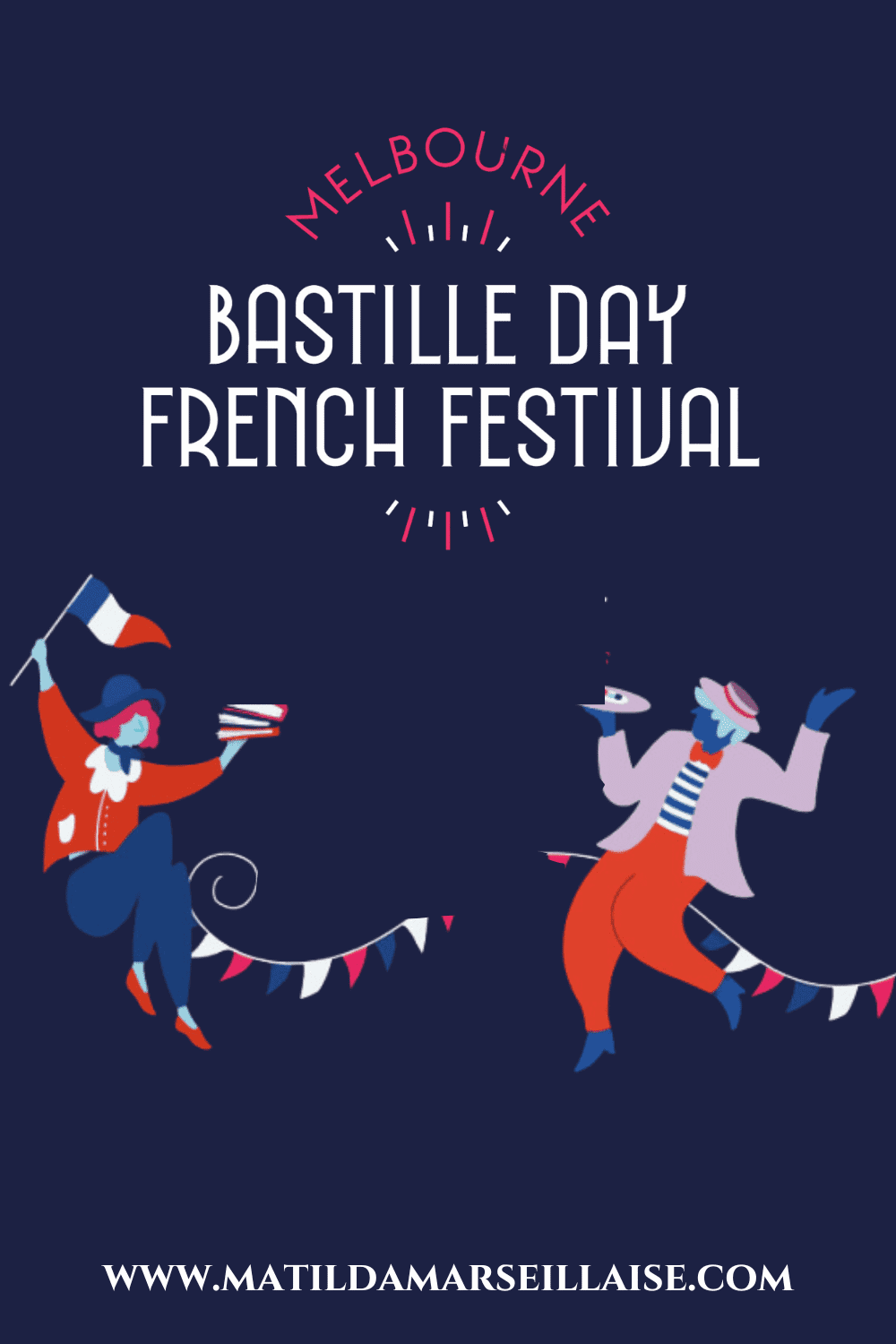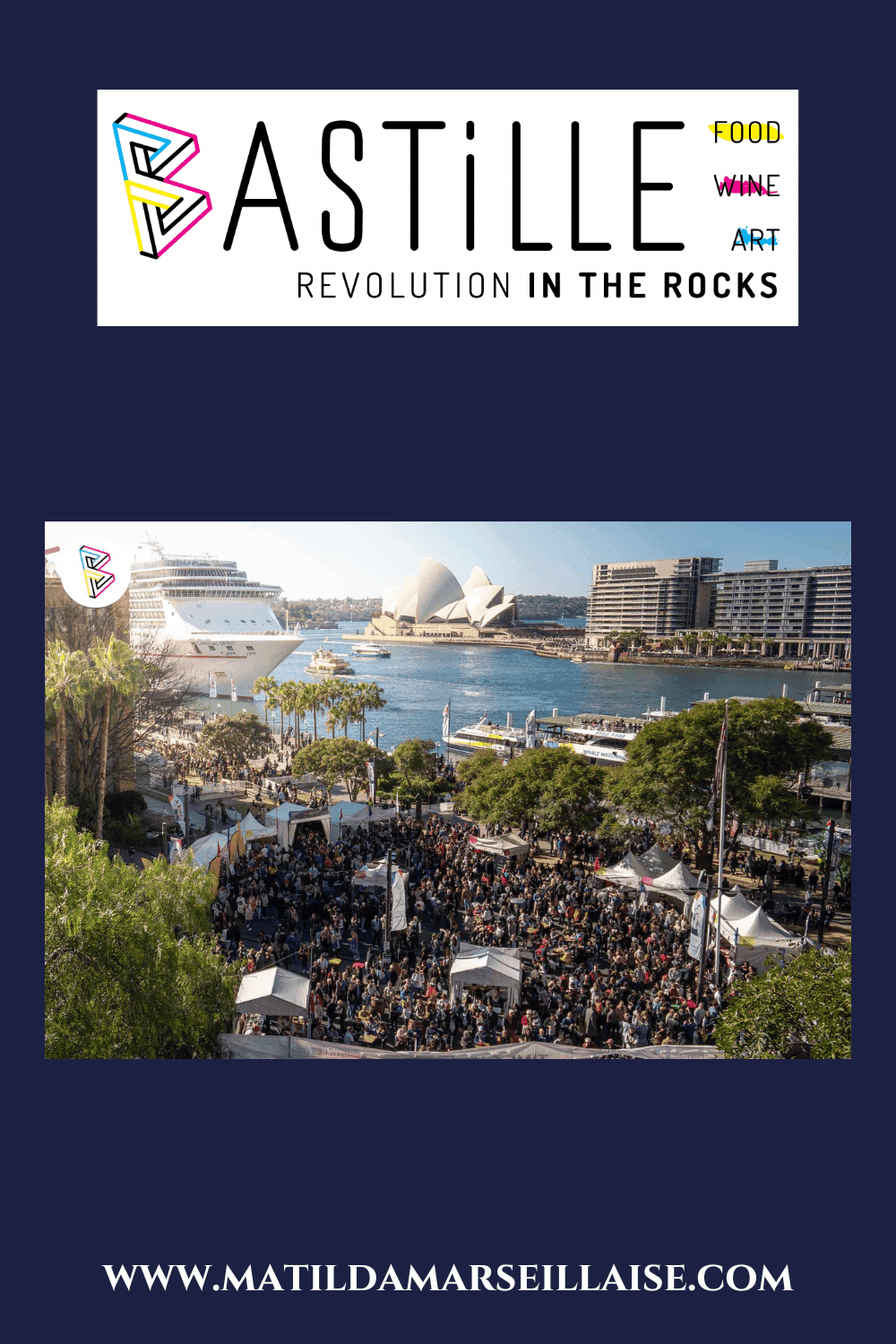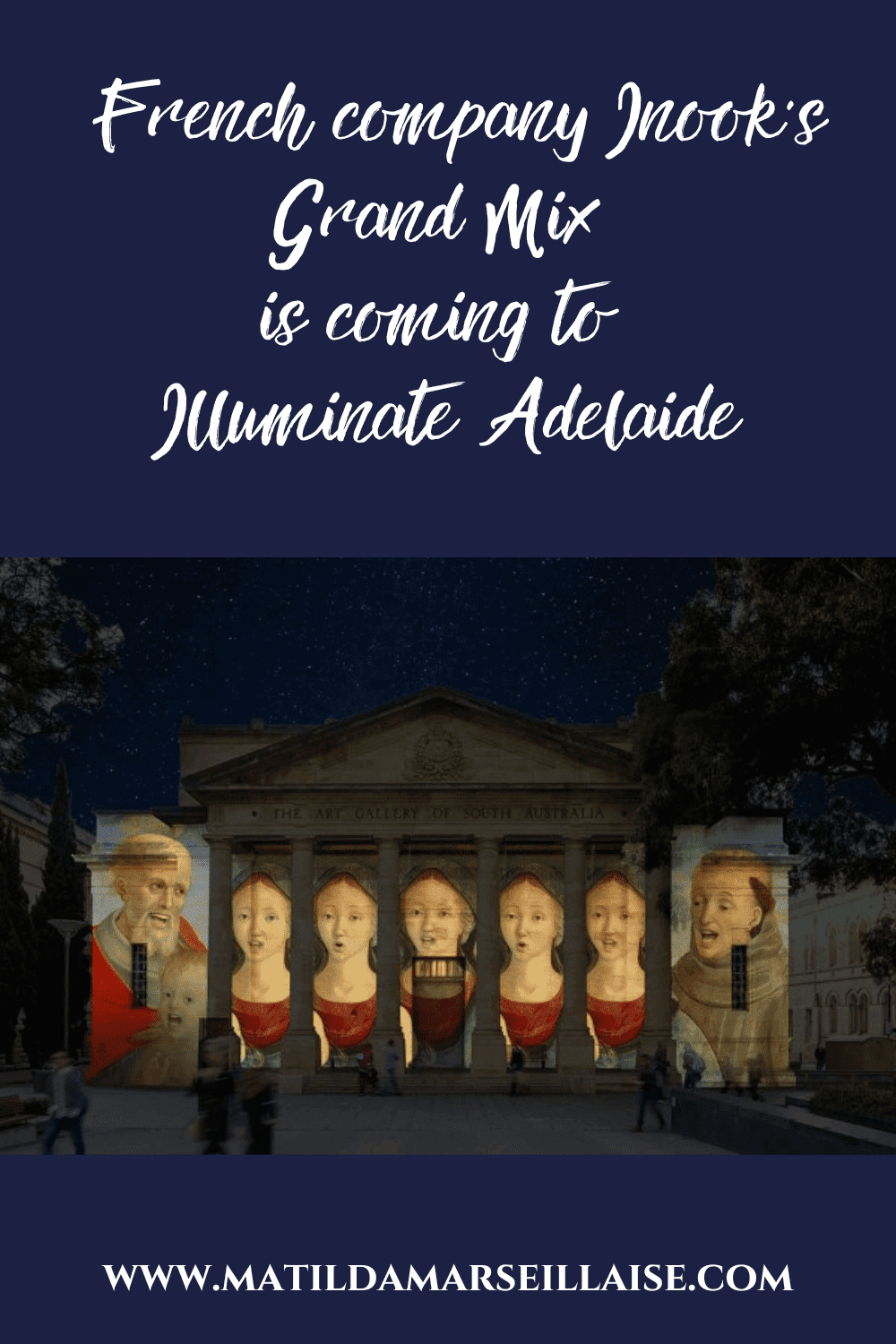Exclusive to Adelaide and the Art Gallery of South Australia is the stunning, vivid Frida Kahlo & Diego Rivera: Love & Revolution exhibition which is on until 17 September. While you may think there are no French links between Frida Kahlo and France or the Francophonie, there are several. For example, it was one of Frida’s self-portraits that was the first work by a 20th century artist to be added to the Louvre’s collection in Paris.

Frida Kahlo’s first exhibition of paintings was arranged by French surrealist poet Andre Breton in New York in 1938. Kahlo exhibited in France in 1939, a long time before an exhibition of her works in her home country of Mexico, which didn’t occur until 1953, a year before her death aged 47.
The works that make up the Frida Kahlo & Diego Rivera: Love & Revolution exhibition come from the impressive collection of Mexican modernism held by Jacques and Natasha Gelman. Jacques Gelman may be a name you’re familiar with as he was a still photographer in film studios in France before later moving to Mexico, initially as a distributor of French films. The Gelmans were not just collectors of art but were friends with the artists they bought from. When Frida was short of money and offered to sell her jewels, the Gelmans instead wanted to buy her art. Frida Kahlo & Diego Rivera: Love & Revolution celebrates not only the love between Kahlo and Rivera but also the love of art patronage itself. As it is stated in the exhibition book, it is “a reminder of the importance of collectors and collecting to the history and tradition of great art and artists”.

While Frida Kahlo’s most well-known works are undoubtedly her self-portraits, the Frida Kahlo & Diego Rivera: Love & Revolution exhibition also showcases portraits of the very people responsible for bringing the collection to the world – Jacques and Natasha Gelman – as painted by Frida Kaho and Diego Rivera.
As is the case for many artists, Frida Kahlo did not truly know success in her lifetime and it is in the most recent decades that she has become an icon. In their lifetimes, it was Diego Rivera who was the world-renowned artist, while Frida Kahlo was virtually unrecognised. That has since changed. A survey conducted across 199 countries in 2020 found that Frida Kahlo was the second most googled artist, was the most googled artist in 29 countries and was one of only two female artists in the top 100 google searches.

The Frida Kahlo & Diego Rivera: Love & Revolution exhibition marks the first time Frida’s works have been exhibited at the Art Gallery of South Australia since the 1990 exhibition entitled The art of Frida Kahlo. The exhibition is comprised of about 150 works from the Jacques and Natasha Gelman collection. 33 works from that same collection were exhibited in the Art Gallery of New South Wales 2016 exhibition Frida Kahlo and Diego Rivera from the Jacques and Natasha Gelman Collection. It is therefore quite a feat for the Art Gallery of South Australia to be dispalying such a significant number of works in the current exhibition.
The entrance to the exhibition is via a wall painted highly saturated, attention-grabbing blue with the words “Frida y Diego viveron en esta casa 1929-1954”. It is a reproduction of an external wall of the house, in which they lived together for a period of time and in which Frida grew up and ultimately passed away. It is a grounding reminder that the exhibition celebrates the works of not just Frida but also Diego, and that the love referred to in its name, which while troubled, was shared by the couple. The bright colours continue throughout the exhibition. Special mention must also be made of Grieve Gillett Architects, who were responsible for the exhibition design. The set-up of the exhibition is a work of art itself, with very Instagram-able colourful walls and delightful angles to capture the works from.

As you may know from Kahlo’s works that have been reproduced on all sorts of merchandise now that “Fridamania” lives on, she often painted herself without embellishing her appearance. In Self-portrait with braid, 1941, Frida paints herself with a shaved head and her signature braid perched on top. She had cut off the braids that Rivera Diego so admired when he had an affair with her sister, Cristina.
Kahlo used her art to show the pain and trauma of one of her many miscarriages. As stated in the exhibition book, “Kahlo’s raw and unfiltered painting style reminds us of our flawed humanity; she is a woman who has experienced great pain and loss but she is not simply defined by it”. Kahlo did not allow her disabilities caused by polio and the bus accident to affect her identity or to stop her living her life the way she wanted to. While some speculate that she took on traditional Oaxaca clothing to hide her misshapen leg, after her death, photographs found in the bathroom of Casa Azul depict Kahlo’s maternal ancestors wearing the same traditional style of clothing. She attended her final exhibition on a stretcher.

Rivera Diego was first and foremost a muralist and the exhibition sees the recreation of one of his large murals depicting many important figures from Mexican life and culture. The then Minister of education, Jose Vasconcelos, commissioned Mexican artists to create murals across the city of Mexico. The intent was to use them as a way of teaching the people of Mexico, in particular those who hadn’t been able to access education, and who often were illiterate. Muralism is a key component of the Mexican art scene and Diego was one of the three main muralists given the commissions. Unlike most public commissions though, the artists had freedom to paint whatever and however they wished to.
Frida & Diego: Love & Revolution from The Jacques and Natasha Gelman Collection of Mexican Modernism is an unrivalled opportunity to uncover the artistic and cultural history of Mexico and encounter the remarkable collectors, Jacques and Natasha Gelman. It is a celebration of the artistic legacy of Frida and Diego and a reminder of the vibrant art community in Mexico. It is rare to have an exhibition of such a scale and importance in Australia, let alone South Australia and we highly recommend you attend before it closes in less than 4 weeks.

KEY INFO FOR FRIDA & DIEGO: LOVE & REVOLUTION
WHAT: Frida & Diego: Love & Revolution from The Jacques and Natasha Gelman Collection of Mexican Modernism
WHEN: 24 Jun – 17 Sep 2023
AGSA opening hours:
- 10am to 5pm daily
- 10am – 9pm on the first Friday of each month (1 September)
Admission to the exhibition closes 30 minutes before AGSA closes.
WHERE: Art Gallery of South Australia: Galleries 22, 23, 25
HOW: Purchase your tickets via this link (tickets are not dated or timed so allow one entry into the exhibition on any date it’s showing)
HOW MUCH: Ticket prices are as follows:
- Adult $28.00
- Concession $25.00
- Member $20.00
- Under 18 $12.00
- Child (Age 0-4) FREE
- Family (2 Adults + max 3 Children under 18) $66.00
- Group of 8+ (purchase 1 ticket per person) $21.00
- Seniors Card Wednesdays $25.00
- AGSA Members Season Pass $55.00
- Companion card FREE – this ticket can be obtained from the AGSA Ticket Desk

For more events with links to France and the Francophonie happening in Australia this month, check out our What’s on in August article.






